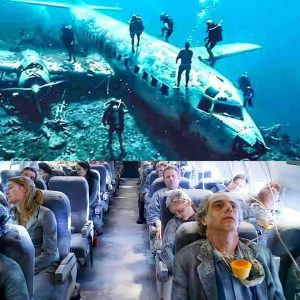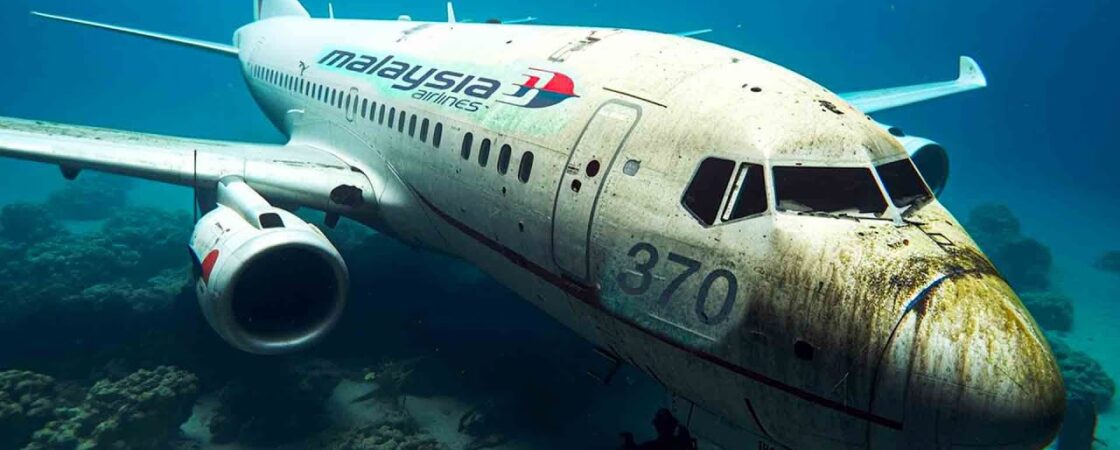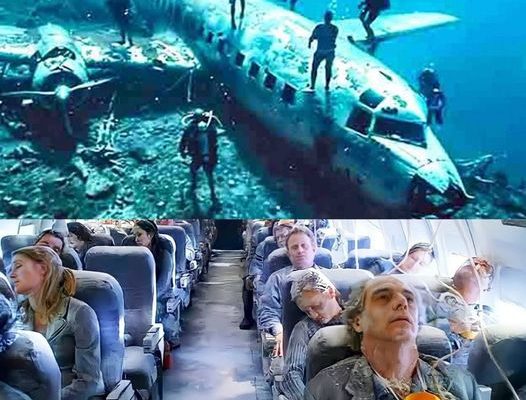Breaking: Researchers Finally Pinpoint Location of U.S. Navy Flight 19 After Mysterious Disappearance in Bermuda Triangle (video)

It began as nothing more than a routine training flight. At 2:10 p.m. on December 5, 1945, five TBM Avenger torpedo bombers took off from a Naval Air Station in Ft. Lauderdale, Florida. The planes—collectively known as “Flight 19”—were scheduled to tackle a three-hour exercise known as “Navigation Problem Number One.”
Their triangular flight plan called for them to head east from the Florida coast and conduct bombing runs at a place called Hens and Chickens Shoals. They would then turn north and proceed over Grand Bahama Island before changing course a third time and flying southwest back to base. Save for one plane that only carried two men, each of the Avengers was crewed by three Navy men or Marines, most of whom had logged around 300 hours in the air. The flight’s leader was Lieutenant Charles C. Taylor, an experienced pilot and veteran of several combat missions in World War II’s Pacific Theater.
At first, Flight 19’s hop proceeded just as smoothly as the previous 18 that day. Taylor and his pilots buzzed over Hens and Chickens Shoals around 2:30 p.m. and dropped their practice bombs without incident. But shortly after the patrol turned north for the second leg of its journey, something very strange happened. For reasons that are still unclear, Taylor became convinced that his Avenger’s compass was malfunctioning and that his planes had been flying in the wrong direction. The troubles only mounted after a front blew in and brought rain, gusting winds and heavy cloud cover. Flight 19 became hopelessly disoriented. “I don’t know where we are,” one of the pilots said over the radio. “We must have got lost after that last turn.”
Compass Failure, Crash Landing
Lieutenant Robert F. Cox, another Navy flight instructor who was flying near the Florida coast, was the first to overhear the patrol’s radio communications. He immediately informed the Air Station of the situation and then contacted the Avengers to ask if they needed assistance. “Both my compasses are out and I’m trying to find Ft. Lauderdale, Florida,” Taylor said, his voice sounding anxious. “I’m over land, but it’s broken. I’m sure I’m in the Keys, but I don’t know how far down.”
Taylor’s claim didn’t seem to make sense. He’d made his scheduled pass over Hens and Chicken Shoals in the Bahamas less than an hour earlier, but he now believed his planes had somehow drifted hundreds of miles off course and ended up in the Florida Keys. The 27-year-old had just transferred to Fort Lauderdale from Miami, and many have since speculated that he may have confused some of the islands of the Bahamas for the Keys.

ACEY HARPER/GETTY IMAGES
OVERAL AERIAL VIEW OF FORT LAUDERDALE NAVAL AIR STATION THE ORIGIN OF “FLIGHT 19.”
Under normal circumstances, pilots lost in the Atlantic were supposed to point their planes toward the setting sun and fly west toward the mainland, but Taylor had become convinced that he might be over the Gulf of Mexico. Hoping to locate the Florida peninsula, he made a fateful decision to steer Flight 19 northeast—a course that would only take them even farther out to sea. Some of his pilots seemed to have recognized that he was making a mistake. “Dammit,” one man griped over the radio. “If we would just fly west, we would get home.”

Taylor was eventually persuaded to turn around and head west, but shortly after 6 p.m., he seems to have canceled the order and once again changed direction. “We didn’t go far enough east,” he said, still worried that he might be in the Gulf. “We may as well just turn around and go east again.” His pilots probably argued against the decision—some investigators even believe that one plane broke off and flew in a different direction—but most followed their commander’s lead. Flight 19’s radio transmissions soon became increasingly faint as it meandered out to sea. When fuel began to run low, Taylor was heard prepping his men for a potential crash landing in the ocean. “All planes close up tight,” he said. “We’ll have to ditch unless landfall…when the first plane drops below ten gallons, we all go down together.” A few minutes later, the Avengers’ last radio communications were replaced by an eerie buzz of static.




